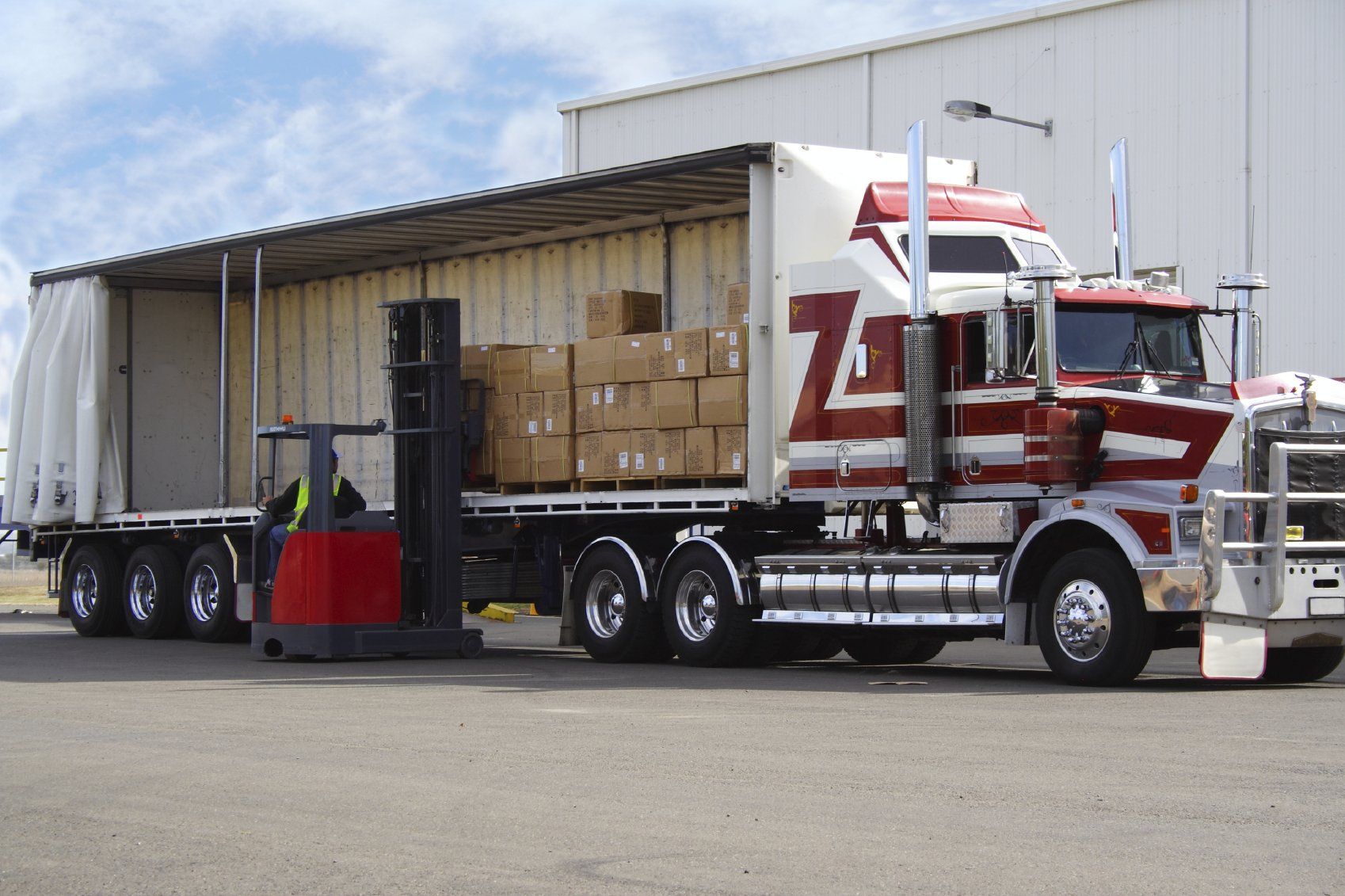Strategies for Reducing Driver Turnover in the Trucking Industry
Driver turnover is a significant challenge in the trucking industry, leading to increased recruitment costs, productivity losses, and disruptions to operations. High turnover rates can also negatively impact employee morale and customer satisfaction. However, by implementing effective retention strategies, trucking companies can improve driver satisfaction, loyalty, and retention rates. In this article, we'll explore several strategies for reducing driver turnover and fostering a more stable and satisfied workforce.
1. Offer Competitive Compensation and Benefits:
- Ensure that your drivers receive competitive pay and comprehensive benefits packages, including health insurance, retirement plans, and bonuses or incentives for performance. Recognize and reward drivers for their hard work and dedication to the company.
2. Provide Opportunities for Advancement:
- Develop clear career paths and advancement opportunities for drivers within your organization. Offer training programs, tuition assistance, and opportunities for professional development to help drivers enhance their skills and progress in their careers.
3. Foster a Positive Work Environment:
- Create a supportive and inclusive work environment where drivers feel valued, respected, and appreciated. Encourage open communication, provide opportunities for feedback, and address any concerns or grievances promptly and professionally.
4. Prioritize Work-Life Balance:
- Recognize the importance of work-life balance and offer flexible scheduling options to accommodate drivers' personal needs and preferences. Allow for adequate rest and time off between trips to prevent burnout and fatigue.
5. Invest in Driver Training and Development:
- Provide comprehensive training programs to help drivers improve their skills, enhance safety awareness, and stay up-to-date on industry regulations. Offer ongoing training and professional development opportunities to support continuous learning and growth.
6. Equip Drivers with Modern Technology:
- Invest in modern technology solutions such as electronic logging devices (ELDs), GPS tracking systems, and driver safety tools to enhance efficiency, safety, and communication on the road. Provide proper training and support to ensure drivers can effectively utilize these tools.
7. Improve Equipment and Facilities:
- Maintain a fleet of well-maintained trucks and trailers equipped with modern amenities and safety features to enhance driver comfort and satisfaction. Ensure that facilities, such as rest areas and terminals, are clean, safe, and equipped with essential amenities for drivers.
8. Listen to and Act on Feedback:
- Regularly solicit feedback from drivers about their experiences, challenges, and suggestions for improvement. Actively listen to their input and take concrete steps to address any issues or concerns raised, demonstrating a commitment to their well-being and satisfaction.
9. Build Strong Relationships:
- Foster strong relationships between drivers and management by promoting open communication, transparency, and mutual respect. Establish regular check-ins, team meetings, and social events to build camaraderie and strengthen the sense of belonging within the organization.
- When drivers do decide to leave the company, conduct exit interviews to gather valuable feedback and insights into the reasons for their departure. Use this feedback to identify areas for improvement and implement changes to prevent similar issues in the future.
Reducing driver turnover requires a multifaceted approach that addresses various factors contributing to dissatisfaction and attrition. By prioritizing competitive compensation, career advancement opportunities, a positive work environment, and ongoing support and development, trucking companies can improve driver retention rates and build a more stable and satisfied workforce. Call Wilkes Agency today to get your comprehensive insurance solution that's designed to enhance employee satisfaction and promote long-term success.












